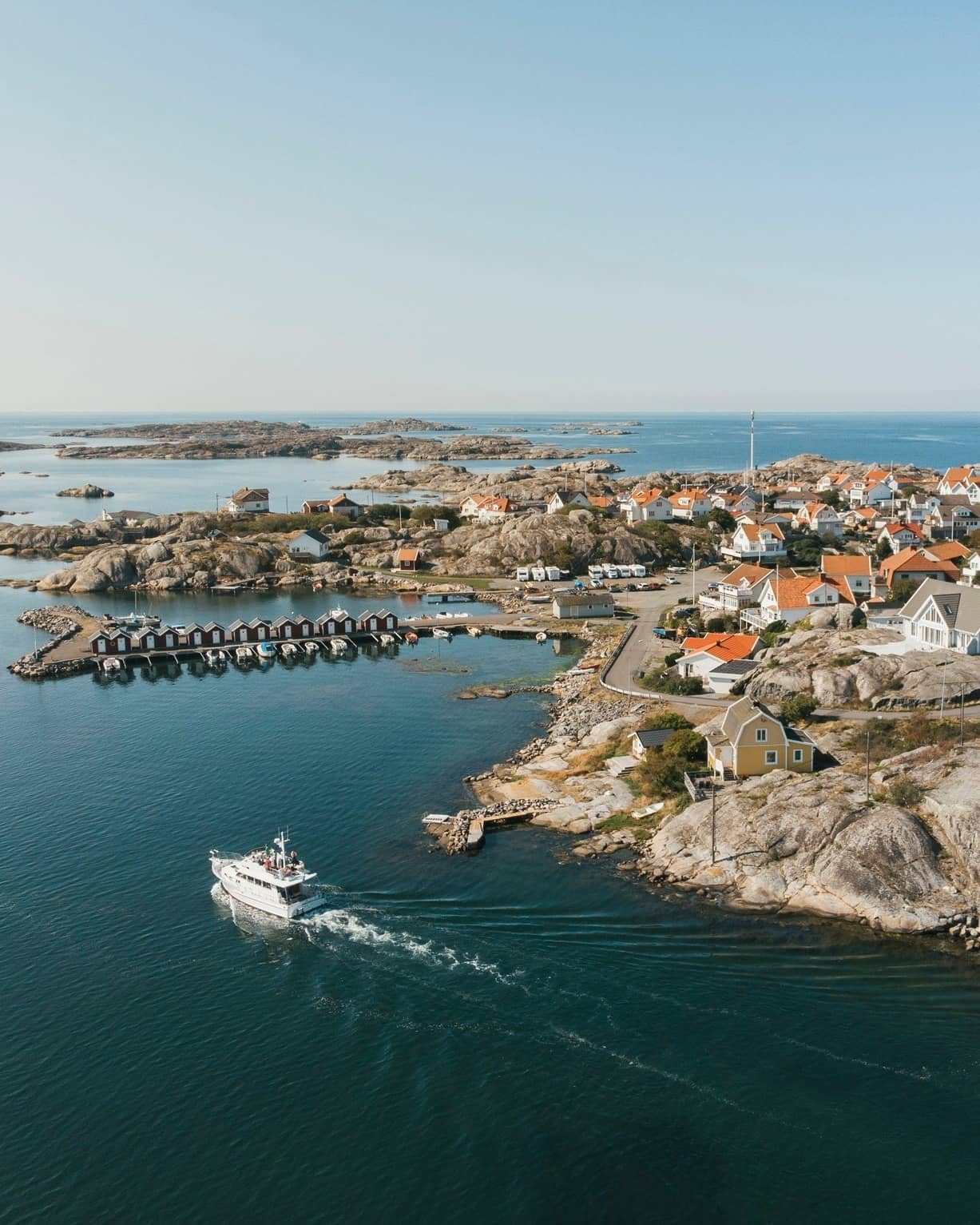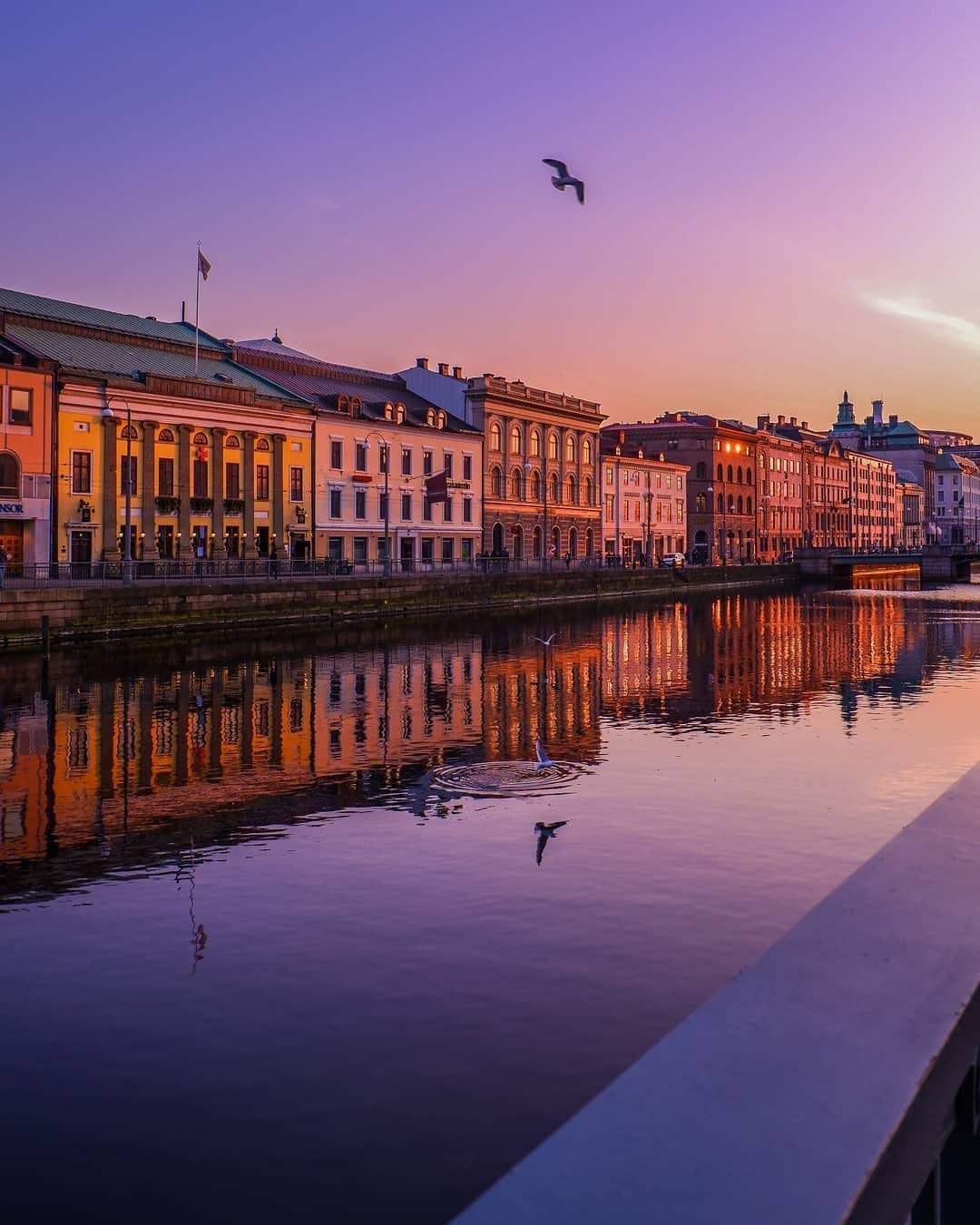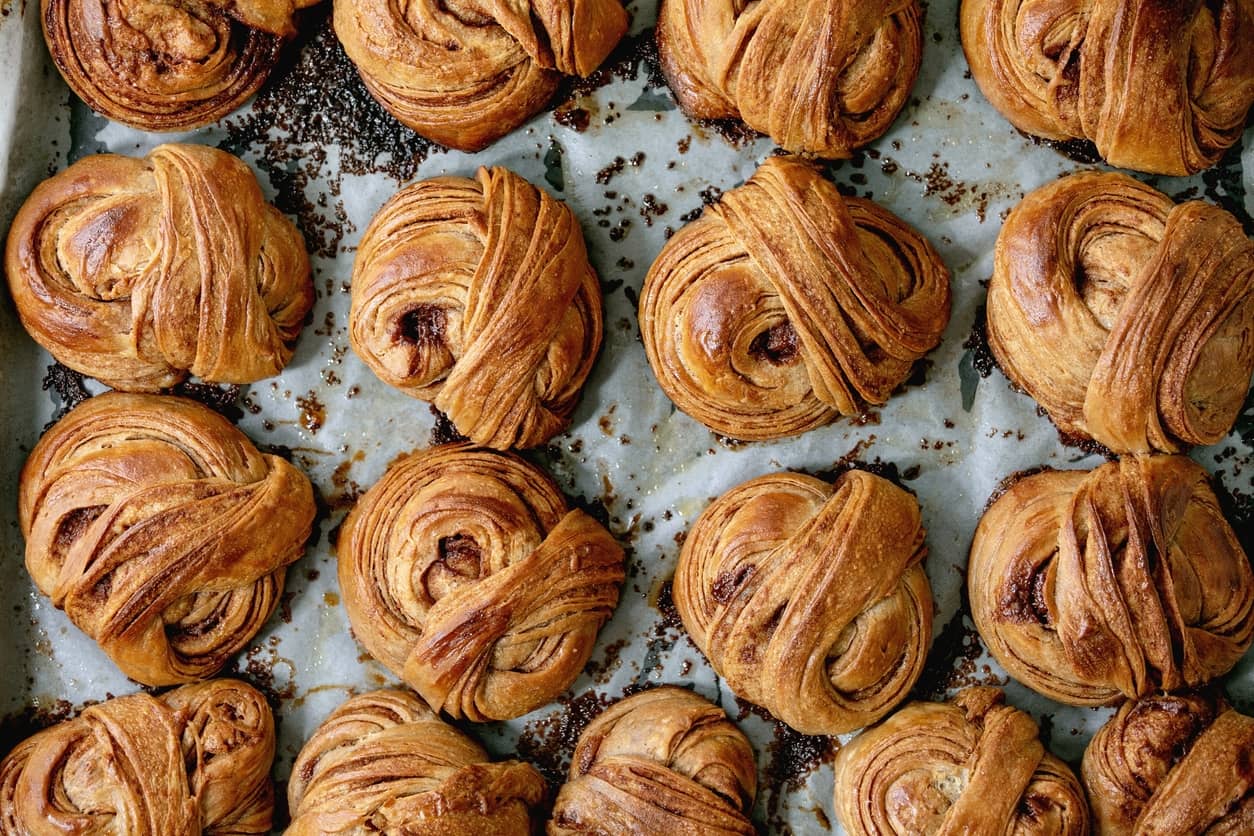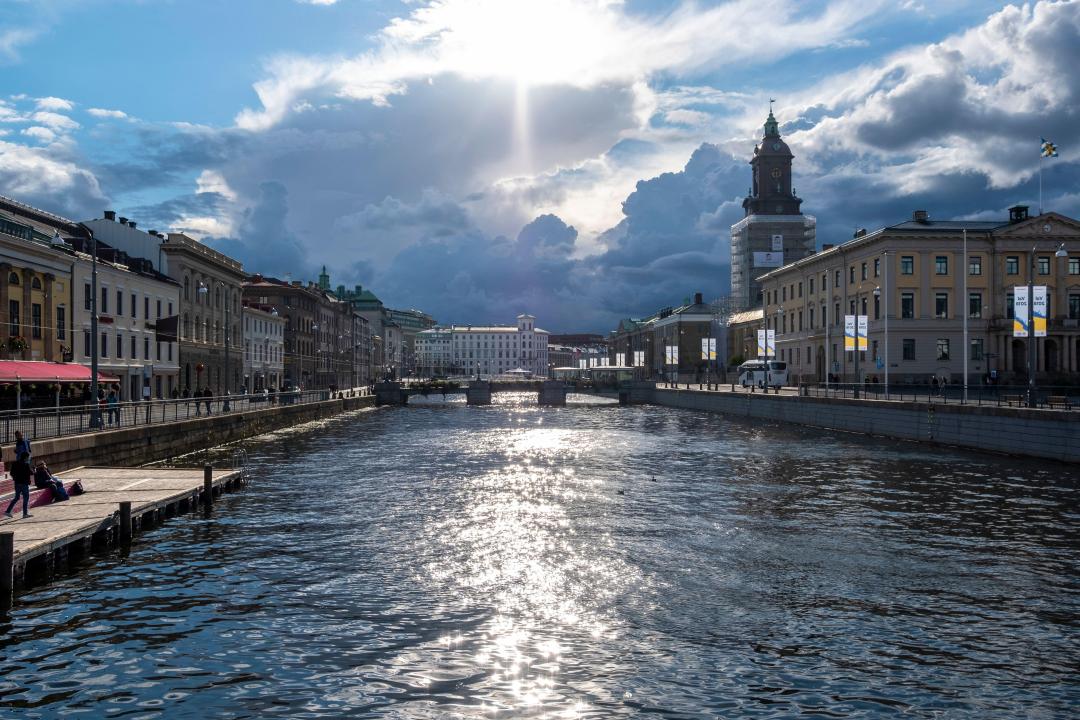Sweden is often overlooked as a holiday destination by Brits due to lazy misconceptions about the Scandinavian weather and prices. Yet Swedish summers are arguably more predictable than our own, with average temperatures in the low 20s throughout June, July and August and the food, whether dining at a seaside café or grand hotel, is almost invariably of excellent quality, using local produce, and at prices similar to those back home.
Sweden’s second largest city Gothenburg has typically sat in the shadow of Stockholm as far as international tourists are concerned, but it has much to reward those who are prepared to venture off the beaten track.
As my flight descends toward Gothenburg-Landvetter, the landscape gains definition: forests of pine surround ultramarine lakes whose shores are lined with red and white houses.
With its industrial heritage and trams, Gothenburg is often compared to Manchester, but to me it more closely resembles Liverpool, another proud city with a developed dock and similar sized population, and Amsterdam, thanks to its waterways. Gota canal, a historic waterway that runs between Sweden’s east and west coasts from Gotheburg to Stockholm. The city is clean, prosperous and lively, its streets lined with al fresco cafes and expensive hotels. For nature lovers, it’s also the gateway to a beautiful network of islands – easily explored by bike or canoe.
What to see and do
One of the best ways to see Gothenburg while avoiding the trams is by kayak. Paddling through the tall houses of brick and wood lining the canal banks reveals another side of the city.
Though ostensibly Christian – in Gothenburg you are never far from an impressive Lutheran church – the principal religion of the Swedes seems to be Fika, the afternoon tradition of strong coffee and cake. At a trendy coffee shop in Camden-Lock-lite Magasinsgatan the proud owners show off their gleaming bean machine, used to process ethically-sourced beans from Costa Rica, Kenya and Colombia. I wash down cardamom buns with a creamy latte.
Gothenburg is a large, bustling city, yet the nearby islands can be reached by bus or car in under an hour. Hönö, chief in the archipelago, is best explored by bike. As you’d expect cycle paths are extensive and well-maintained, and views along the coast are glorious.

Micro-breweries are popping up all over the West Coast region, and one of the best is Hönöbryggeriet on the western tip of Hönö’s neighbouring island Öckerö and accessible via a bridge. After showing me the gleaming vats and barrels, owner Mats Hansson lets me sample his unique brews, which include American Pale Ales, IPAs and low-alcohol options (apparently). This family-run brewery has a tap room overlooking the quay but check ahead to ensure it’s open.
Due to their sheltered location, the islands of Gothenburg are open all year round. A cruise with Kastor Boat Trips takes me from Hönö to visit several others. Fresh seafood is par the course here and I spend a glorious afternoon on the cruise, pulling up lobster pots and gorging on shellfish.
Where to stay

As you’d expect from a Northern European city, it’s hard to find cheap accommodation in Gothenburg. Backpackers can expect to pay from £40 up for a bunkbed in a shared room at the Backpackers Göteborg. At the other end of the scale you will find the usual Radissons and Best Westerns, or the stunning Avalon – complete with a spectacular rooftop swimming pool complete with glass floor. I opt for the Scandic Göteborg Central, a brand new hotel overlooking the Göta Älv, Sweden’s largest river. The building resembles a collection of glass boxes, but the rooms are large and light, and picture windows look out on the docks, bridges, boats and malls of Sweden’s second city.
The jewel in the hotel crown is the 14th floor rooftop restaurant and bar, where I pick at raw fish taco and swallow crisp lager. Out on the islands the range of hotels is more limited. I stay at the Skärgårdshotellet, and from my first floor room I have wonderful views across the bay towards the mainland. The hotel is intimate, clean, open all year round, and offers stunning breakfasts of locally-sourced fare – including seaweed jam.
Where to eat

For something more grand, dine in style at one of Sweden’s oldest surviving hotels, the Eggers. Here, among opulent surroundings of polished wood and brass, I snack on fish fritters and fresh peas in creamy mash, washed down with cold beer. Despite its grand air, and the obvious refinement of its guests, like most places in Sweden the hotel is friendly and relaxed: waiters wear smart uniforms with white trainers. For something more informal try Nimbus Öckerö, a café beside the water on the island of Öckerö, which serves hearty and healthy fare: here I wolf down hot fish soup, into which I crumble crackers and mop my plate with thick home-made bread.
For dinner try the newly-opened five star Bulot on Norra Hamngatan, where I am treated to a five course masterclass in contemporary Swedish cuisine. Gabriel, its owner, draws on his experience in the kitchens of Paris and New York, plus his Portuguese heritage, to create dishes that look as good as they taste: caviar over meringue, whelks in ginger with chilli dip, seasonal flowers, mackerel in tiger’s milk, white asparagus with grilled potato-hollandaise and madeira caramel that resembles hundreds and thousands, turbot with fresh peas, chicken with summer truffle, rhubarb with cream mousse. With a tasting menu priced at 745Kr (£60) excluding alcohol, the Bulot is a beautiful bargain that seems destined for Michelin status – so get there before prices rocket.
One of the region’s best restaurants for seafood is Restaurang Tullhuset, on Hönö island, where along with tender white fish in risotto I nibble on yellow seaweed pearls with a citrusy flavour. Seaweed is increasingly used in the region, and can be found in marmalade, soap and cattle feed – tours of local seaweed farms are available.
As a Yorkshireman for whom a pie butty represents the pinnacle of culinary achievements, I did struggle at first with Swedish food, much of which involves cold fish, pickles, and vegetables that are seared rather than boiled to mush. Soon however I learned to appreciate the very different tastes to be found in this wonderful, friendly country – and thanks to all the exercise, plus the constant sunshine, returned home glowing in more ways than one.







Comments